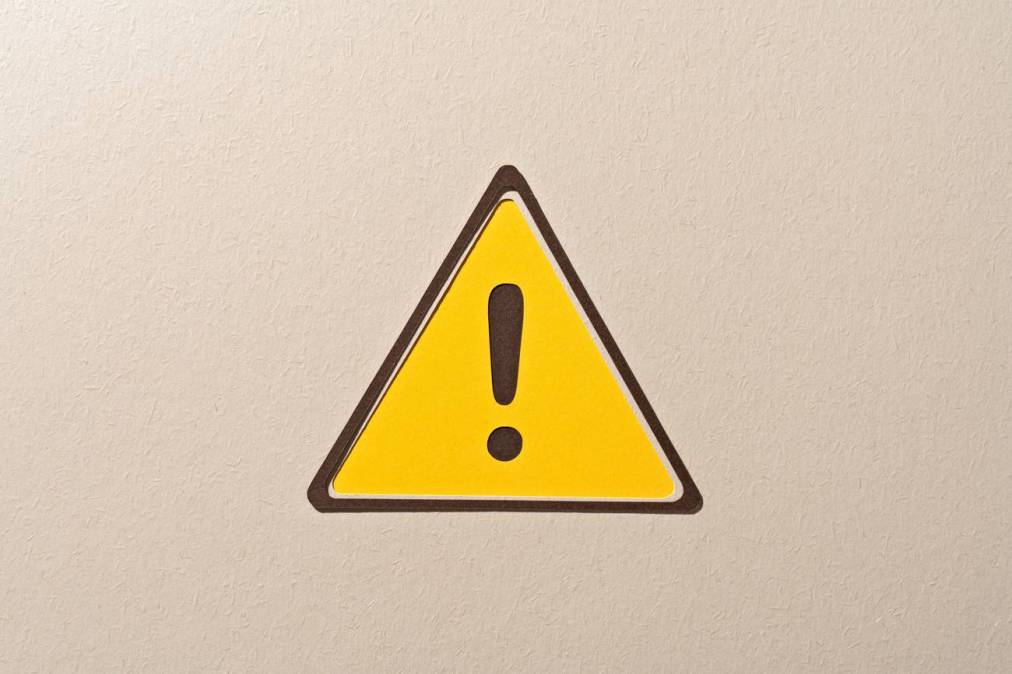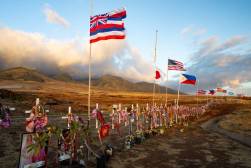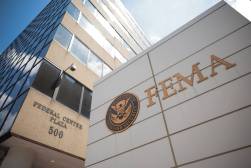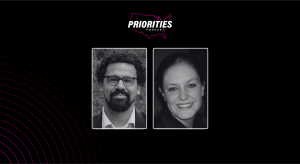Staffing cuts to FEMA, NOAA will impair disaster response, says alerts expert

As the Atlantic hurricane season begins, at least one emergency response expert is raising concerns that federal staffing cuts at the Federal Emergency Management Agency and the National Oceanic Atmospheric Administration could hinder state and local government coordination and impede public warning systems during natural disasters.
Since January, more than 200 employees at FEMA have been cut, and 1,000 employees at NOAA have been laid off as part of the Trump administration’s broader effort to downsize the federal government. Some reports suggest that about 2,000 full-time FEMA staff have been terminated or voluntarily left the agency since the start of Trump’s second term.
FEMA, housed in the Department of Homeland Security, plays a major role coordinating complex emergency operations involving federal, state and local agencies. NOAA provides vital disaster alerts through the National Weather Service, potentially affecting weather forecasts and climate research.
“That’s going to have an impact,” said Ratna Dougherty, an assistant professor at the University of South Florida’s public affairs school. “We don’t know exactly how it’ll play out, but there will definitely be choke points, especially if states and counties don’t know who their new federal contacts are.”
NOAA estimates this year’s hurricane season, which runs from June to November, has a 60% chance of being “above average” severity. The agency is forecasting 13-19 named storms, 6-10 of which are predicted to become hurricanes, with winds of 74 mph or higher, and 3-5 major hurricanes, with winds of 111 mph or higher.
“As we witnessed last year with significant inland flooding from hurricanes Helene and Debby, the impacts of hurricanes can reach far beyond coastal communities,” Acting NOAA Administrator Laura Grimm said in a May report. “NOAA is critical for the delivery of early and accurate forecasts and warnings, and provides the scientific expertise needed to save lives and property.”
This isn’t the first time FEMA has faced staffing shortages in recent years. According to the Government Accountability Office, FEMA had a 35% staffing gap in 2022. A new report from the office cites the increasing frequency of disasters as stretching its workforce in “unprecedented ways.” The report claims the number of disasters that FEMA is managing “more than doubled in the last seven years, from 30 disasters in 2016 to 71 disasters in 2023.”
Dougherty, whose research centers on local government and public alerts, said the staffing cuts could slow down how quickly and effectively agencies communicate behind the scenes, especially between federal and local governments. This coordination is crucial for timely alerts, disaster planning and mobilizing aid.
“The reality is, this hurricane season, I think it’s going to be a tough adjustment,” Dougherty said.
Different disasters require very different alert strategies, she said. Hurricanes offer more lead time, but can still lead to traffic bottlenecks during evacuations. Wildfires are often more predictable but move quickly once they start. Tornadoes give little warning, so alerts must be fast and clear, especially for newcomers or tourists unfamiliar with the area.
“Plan documents help with that, but they’re never going to be exactly the same when a disaster strikes, because you have to adapt. No two disasters are the same,” she said, pointing to past failures in emergency alerts, like during the 2023 wildfires in Maui, where outdated systems weren’t equipped to handle the event. “The existing warning systems were used for one particular type of disaster, not for the other. So there was that gap of knowledge, and I think that’s what needs to be bridged.”
State and local governments rely on technology like mobile alerts and AI tools to improve responses. Before Hurricane Milton struck last fall, Florida launched the Broadcast Emergency Alerting and Communication Operational Network, a tool for resilient communications during emergencies.
In 2023, Metro Emergency Communications in Utah County, Utah, launched a cloud software platform that enables emergency call centers to handle video, audio and other media, bypassing traditional “voice only” communication methods.
But Dougherty said she’s skeptical about whether the public trusts or understands these new systems.
“The most important element is just ensuring that the communication that goes out is very direct and simple to understand,” she said of AI-enabled disaster alerts. “If you can’t get people to understand what they are or to be able to apply them, then that’s going to be a choke point.”
Despite federal cuts, Dougherty said, local governments are doing their best to fill the gaps, with many counties and cities sharing disaster response plans and best practices with one another.
“In emergency management, we say it’s not plagiarism — it’s public service,” she said. “Trust impacts willingness, oftentimes, to even collaborate, and you just got to make sure that that is emphasized outside of the disaster time.”






